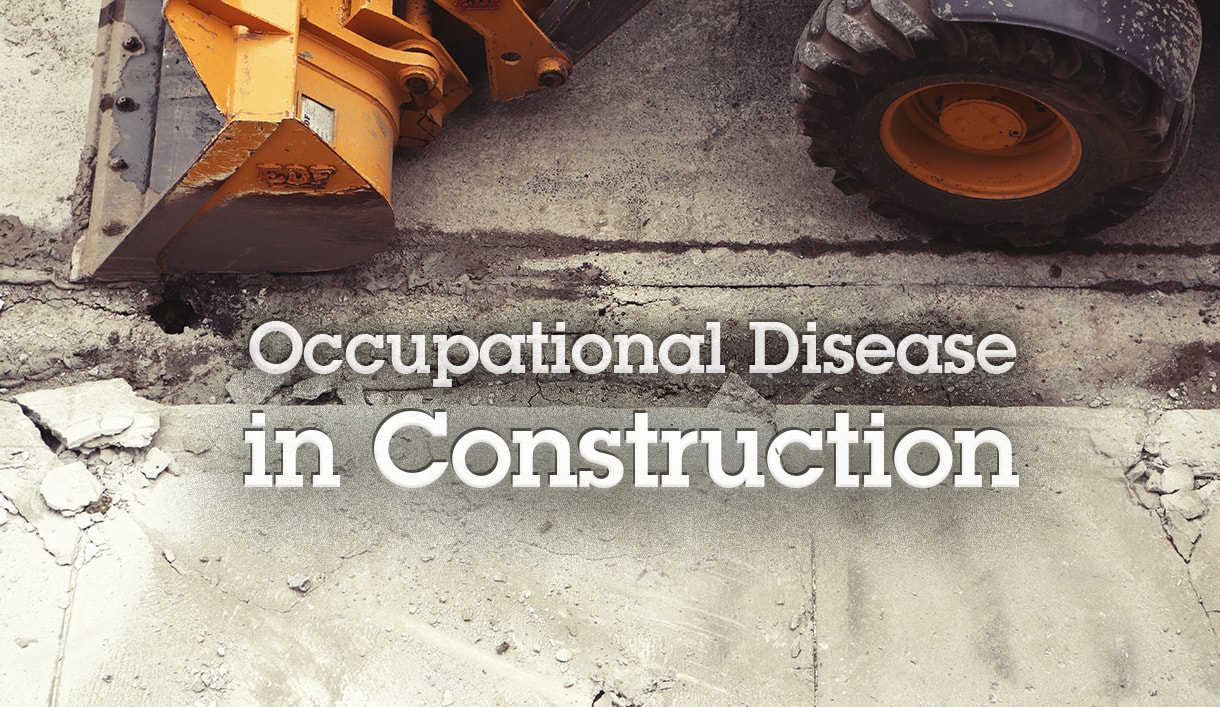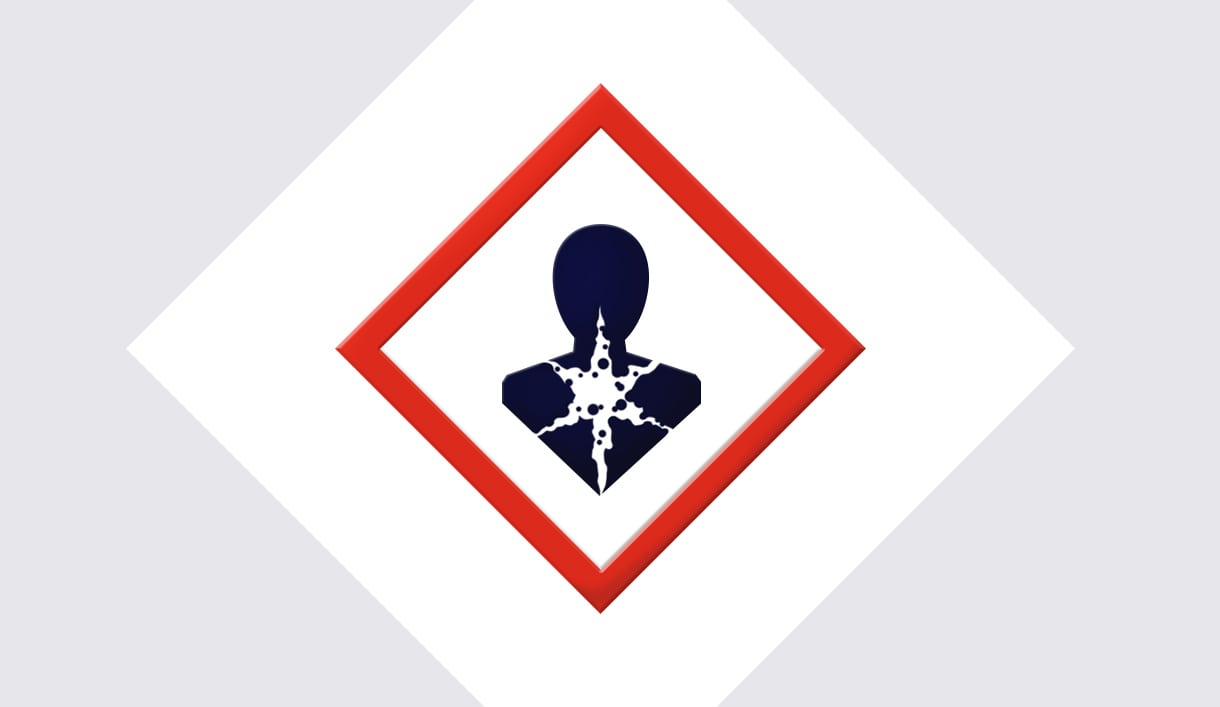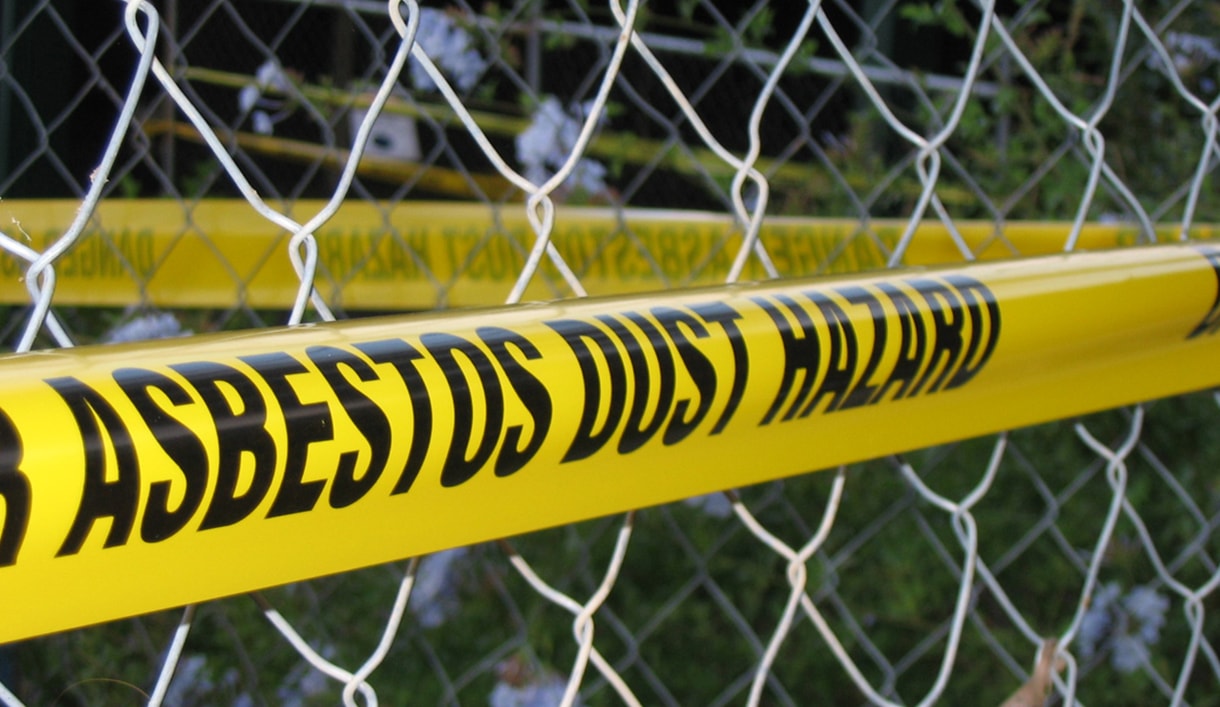Occupational Disease in Construction
Commonplace Risks and Controls in Construction
Over recent years I have written blogs regarding various diseases that are prevalent within certain trades.
This blog concentrates on the Occupational Disease in Construction you may be exposed to, highlighting commonplace risks and controls.
What and where are the hazards
Getting to the most obvious point first; what and where are the hazards?
It seems that the main issues in this industry are related to Silicosis – caused by the inhalation of dusts and respirable crystalline silica (RCS), Asbestosis – caused by the inhalation of asbestos, or COPD and asthma.
These are all caused by inhaling something that is damaging to health, so apart from the usual slips, trips and falls, cuts and bruises, etc. Breathing seems to be the biggest battle.
So, stop breathing, there we go, all sorted.
However, this is not reasonably practicable, meaning it may cause more issues than it solves.
In the same way, construction workers staying at home would save lives, but nothing would ever get built. An easy example would be, driving at 20 mph on a motorway. We would all agree that this would be a lot safer, but at the end of the day it is not reasonably practicable.
So safer ways of working also need to be reasonably practicable. Looking at the hierarchy of controls would be a great place to start when trying to work out practicable ways of working, that still get the job done.
The hierarchy is as follows:
- Elimination (of the hazard).
- Substitution.
- Engineering controls.
- Administrative Controls.
- PPE.
Although PPE is the lowest on the hierarchy this does not mean that it is not important. After all of the other options have been ruled out PPE is the one that actually protects the individual from the environment they have to work in.
And in this case, it is the use of dust masks and breathing equipment that may help prevent the illnesses I am looking at in this blog.
Silicosis – Silicosis is a long-term lung disease caused by inhaling large amounts of crystalline silica dust, usually over many years.
People who work in the following industries are most at risk as they are exposed on a daily basis to the materials that can cause the dusts that cause the problems.
The Higher risk industries include:
- Stone masonry and stone cutting.
- Construction and demolition.
- Paving.
- Pottery, ceramics and glass manufacturing.
- Mining and quarrying.
- Sand blasting.
Silica, also known as Silicon Dioxide, is an oxide of silicon. In the natural world it is most commonly found in quartz. Once it has been inhaled it settles in the lungs and is attacked by the body’s immune system.
This immune response causes inflammation (swelling) in the lung lining and gradually leads to fibrosis (scarred lung tissue). The lung tissue that is scarred in this way does not function properly and eventually leads on to lungs not being able to absorb the gasses (such as oxygen) that are required by every other part of the body. So, in one respect, you do it to yourself.
Warning signs and symptoms of silicosis
So, what are the warning signs and symptoms of silicosis?
Symptoms of silicosis usually take years to develop. Even if you have stopped working in these environments, the symptoms may develop over time.
In most cases an exposure time of 10-20 years is required for the disease to develop. A few cases have developed in 5 to 10 years with rarer cases developing within months of very heavy exposure.
The symptoms include a persistent cough, persistent shortness of breath and weakness\tiredness. If the lungs stop working properly the disease can be fatal, however, this is rare in the UK.
Silicosis can increase the risk of other diseases, the following list (compiled by NHS direct) contains conditions that are potentially life threatening. The risk of the following is increased by silicosis:
- Tuberculosis (TB).
- Pulmonary hypertension.
- Heart failure.
- Arthritis.
- Kidney disease.
- Chronic obstructive pulmonary disorder (COPD).
- Lung cancer.
Asbestosis
Asbestosis is caused when tiny fibres of asbestos lodge themselves in the lining of the lung.
In the same way as silicosis, these fibres are attacked by the immune system and cause inflammation and scarring. Asbestos fibres are more likely to lodge themselves in the lung lining due to the needle like threads. Other diseases commonly associated with asbestosis include: pleural disease, interstitial lung disease and mesothelioma.
The following is a list of symptoms associated with asbestosis:
- Shortness of breath – This may only occur after physical activity at first, but it can eventually become a constant problem.
- A persistent cough.
- Wheezing.
- Fatigue (extreme tiredness).
- Chest pain.
- In more advanced cases, Clubbed (swollen) fingers.
As with silicosis, people with asbestosis have a higher risk of developing pleural disease, mesothelioma and lung cancer.
COPD and Occupational Disease
COPD or chronic obstructive pulmonary disease is primarily related to smoking, however there are occupations and substances that are linked with a possible increased chance of developing COPD.
Occupations include:
- Agriculture
- Brick Making
- Working with Cadmium
- Mining
- Construction
- Dock Workers
- Flour and Grain workers in the food industry
- Foundry Workers
- Petroleum workers
- Quarries
- Rubber
- Plastics
- Stonemasonry
- Textiles
- Welders
As with silicosis and asbestosis, the occupations under the spotlight generally involve dusts and vapour that can be inhaled. COPD is usually associated with smokers but can be aggravated by industrial pollutants such as silica.
There are many levels of control to help in reduce the amount of pollutants within the work area, such as industrial extractors and filters, but PPE will always be the last port of call for protecting yourself.
If you work or are thinking of starting a career in any of the above-mentioned industries then using the correct PPE for the job is essential to your health, safety and well-being. For these particular industries everything from simple paper dust masks, through cartridge filter masks to full face air fed masks are available. Use the one that is most appropriate for you and the situation you are in.
Stay safe.
Ted Sturgeon









Leave a Reply
Want to join the discussion?Feel free to contribute!